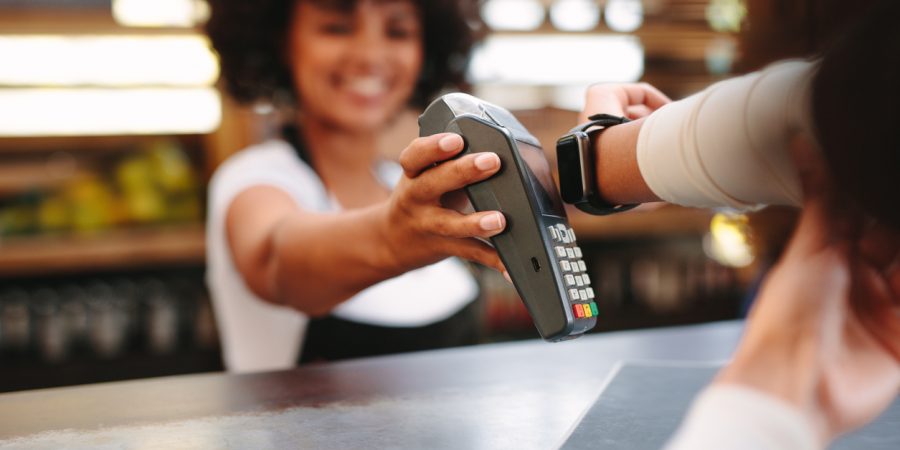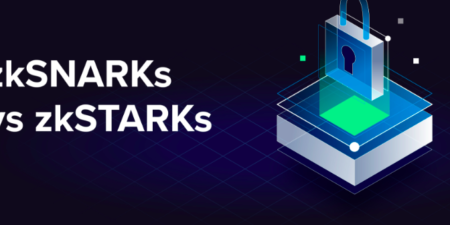When you mix creativity with technology, there is always the potential for something innovative to happen. With contactless payments, that innovation has come in the form of wearables. Today, you no longer need cash or bank cards to pay for something. You don’t even need a smartphone. Instead, you can pay with something you are wearing.
Thanks to NFC technology, payment chips can be embedded into almost any item and this has led to some out of the ordinary contactless payment solutions.
One example of this innovative approach has been seen at this year’s Winter Olympic Games in South Korea. The challenge was to make it easier for people wearing gloves in cold temperatures to pay for things. With gloves on, fumbling for cards or smartphones is quite difficult. To make payment easier, credit card company Visa joined forces with South Korean partner Lotte Card to come up with the unusual but ideal solution of NFC powered, contactless payment gloves. Yes, gloves!
Designed for the dual purpose of keeping hands warm whilst enabling easy contactless payment, Visa’s gloves had the payment chip embedded into the fabric so customers could pay just by placing their hand near the payment terminal. The gloves came with prepaid balances and could be used in South Korea during the Olympics. They could also be used on compatible readers worldwide.
This is not the first instance of a payment glove. Barclaycard trialled them in the UK in 2014. According to Mike Saunders, Barclaycard’s Digital Consumer Payments MD, the gloves were “designed to let shoppers ‘tap, pay and go’ even when their hands are full of shopping.”
If the gloves won gold for innovation at the PyeongChang Winter Games, silver and bronze went to Visa’s contactless pin badge and stickers. The pin badge was designed with the PyeongChang 2018 logo and enabled visitors to spend prepaid amounts at participating locations at the games’ venues.
More versatile were the PyeongChang stickers which used a dual interface NFC-enabled chip and antenna. Being flexible, thin and adhesive, users could attach them to any suitable item to carry out payments.
It is not just in South Korea where fashionable wearables are being introduced. There is plenty of creativity going on in the UK, too. One product that has seen a lot of publicity recently is Kerv, a scratch resistant, zirconia ceramic ring that can be used to make contactless Mastercard payments. This sleek looking accessory is available in fourteen different colours and can be bought in a range of sizes. It is hardwearing, doesn’t need charging and is completely waterproof. It’s also attractive to wear. Jason Bradbury, presenter of Channel 5’s The Gadget Show, recently bought a Kerv for his wedding ring.
There have been many other wearables seen in the UK, including NFC-enabled phone-cases, bracelets and necklaces. One very popular type is Universal Smart Cards’ contactless wristband. Made in a variety of designs and colours and available in different lightweight materials, such as Velcro and silicone, these are ideal for contactless payments at festivals and events. They can be used for access control, too.
One of the big advantages of wearables is that they attract brands. If they are worn or carried, look fashionable and can be used practically, high street names will be making use of them. Think watches, fitness trackers, scarves, ties and purses. For this reason, expect more joint branding exercises to be seen between banks and credit card companies and prestigious businesses. For example, Barclaycard has recently collaborated with DS Automobiles, the premium Citroen brand, to launch the world’s first contactless car key. DS owners can now drive their car, pay for parking and go shopping all with a single device.
It is not surprising that so much effort is being put into creating contactless wearables. According to Barclaycard, the money spent using its contactless mobile facility has grown by over 350% per annum. Similarly, in 2017, Mastercard and Maestro saw spending grow by 145%. Total contactless spending in the UK grew by 80% in the same period. By offering fashionable wearables, customers are able to choose the accessory that best matches their lifestyle or taste, giving them increased incentive to move to a contactless mode of payment.
With contactless payment becoming widely available in all kinds of places, far more people are going to make use of it. According to Mastercard, a quarter of the EU population expect to start using ‘tap and go’ wearables in the near future. Indeed, many stores are now working towards a cashless environment, in such places, paying for items simply by tapping a card, phone or wearable is far more convenient than having to key in a PIN.
Wrapping up
As contactless technology becomes more widely available, we are moving towards a situation where it becomes the norm and not a novelty. Most places now accept contactless payments, so the emphasis for payment providers and businesses is to encourage more users to adopt it. Wearables seem to be the answer here because they offer practical and convenient ways to pay and because they are fashionable.









